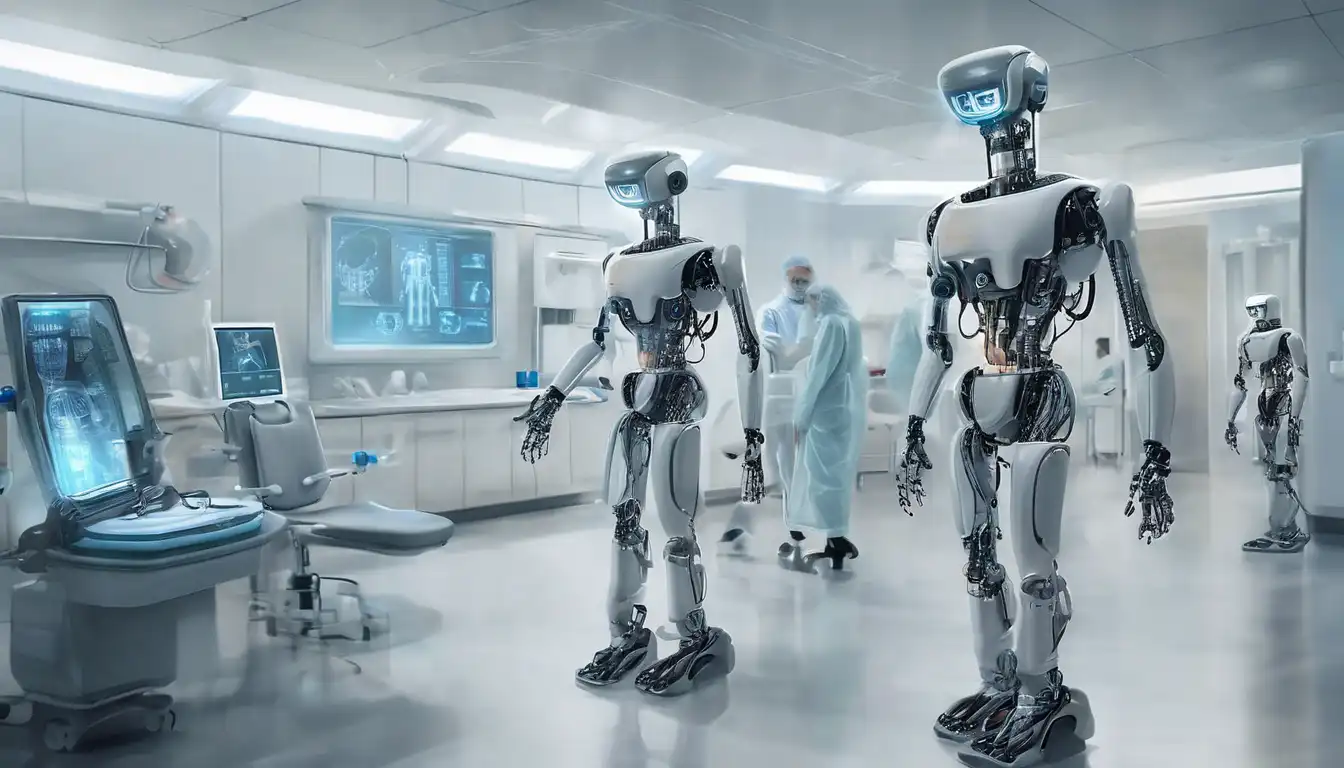The Next Era of Robotics in Healthcare
The integration of robotics into healthcare is transforming the way patient care is delivered. From surgical robots to robotic prosthetics, the future of healthcare is being reshaped by technological advancements. This article explores the potential of robotics in healthcare, highlighting key innovations and their impact on patient outcomes.
Key Innovations in Healthcare Robotics
Several groundbreaking technologies are leading the charge in healthcare robotics. These include:
- Surgical Robots: Enhancing precision in surgeries, reducing recovery times, and minimizing human error.
- Robotic Prosthetics: Offering improved mobility and functionality for amputees through advanced sensors and AI.
- Automated Pharmacy Systems: Streamlining medication dispensing, reducing errors, and improving efficiency in pharmacies.
- Patient Care Robots: Assisting with patient monitoring, mobility, and even companionship for the elderly or those with chronic conditions.
The Impact on Patient Care
The adoption of robotics in healthcare is significantly improving patient care. Surgical robots, for example, allow for minimally invasive procedures, leading to quicker recoveries and less postoperative pain. Robotic prosthetics are giving individuals a new lease on life, with devices that closely mimic natural movement. Meanwhile, automated systems in pharmacies are ensuring that patients receive the correct medications without delay.
Challenges and Considerations
Despite the benefits, the integration of robotics into healthcare is not without challenges. High costs, the need for specialized training, and concerns over job displacement are among the issues that need to be addressed. However, with ongoing research and development, these challenges are being gradually overcome, paving the way for wider adoption.
The Future Outlook
The future of robotics in healthcare is bright, with continuous advancements expected to further revolutionize patient care. Innovations such as nanorobots for targeted drug delivery and AI-driven diagnostic robots are on the horizon. As technology evolves, the potential for robotics to enhance healthcare outcomes is limitless.
For more insights into the latest trends in healthcare technology, explore our technology section.
Conclusion
The future of robotics in healthcare promises to bring about unprecedented improvements in patient care, efficiency, and accessibility. While challenges remain, the potential benefits far outweigh the obstacles. As we move forward, the collaboration between humans and robots in healthcare settings will undoubtedly become more seamless, leading to better health outcomes for patients worldwide.
